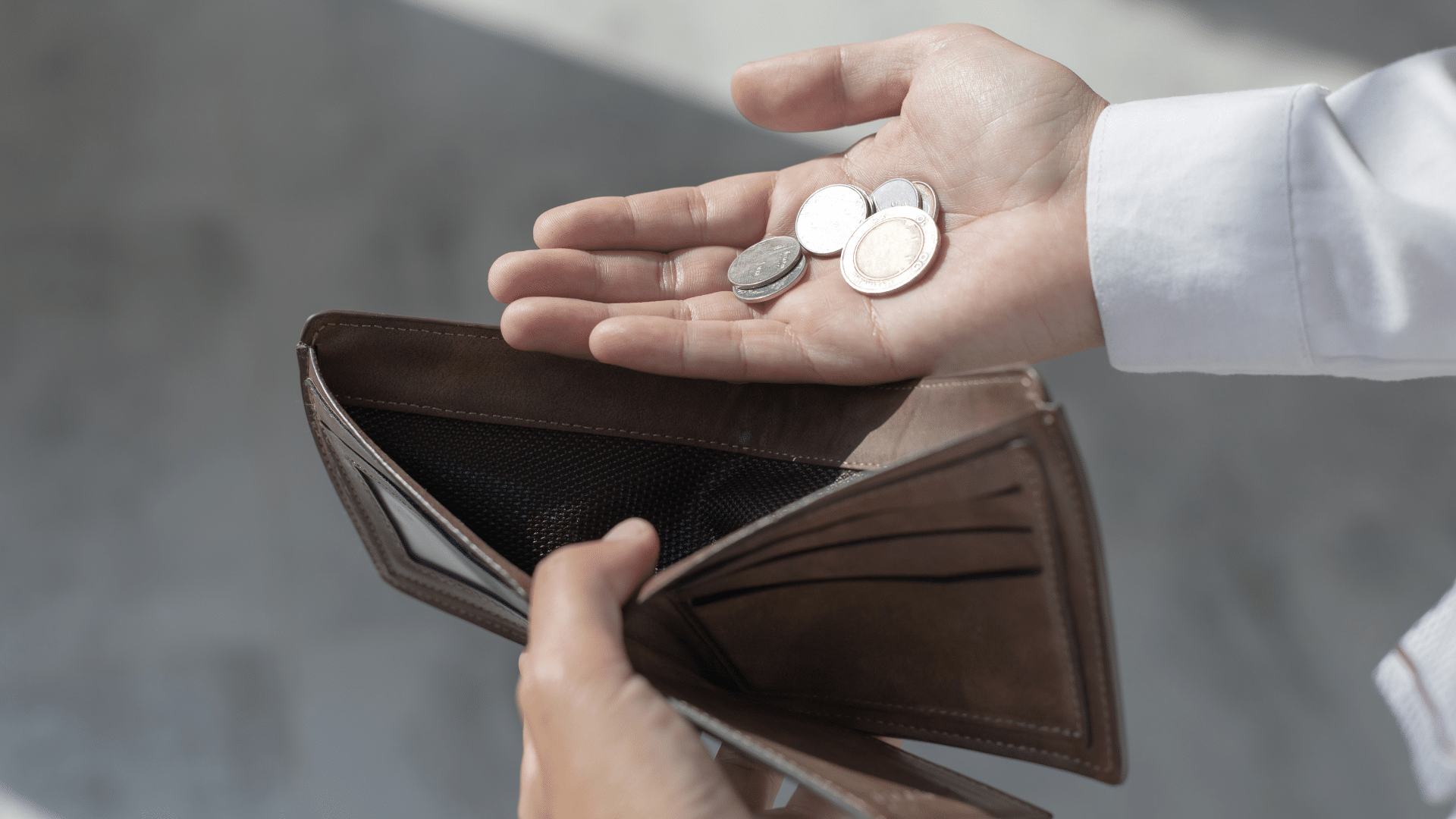Decoding Gold Investment: A Safe Haven or a Risky Gamble?

For centuries, gold has held the world in its sparkling grip, enchanting investors far and wide. It’s been hailed as the ultimate ‘safe haven’ in times of economic turbulence. But wait, is Gold’s shimmering reputation too good to be true? Are we blinded by its luster to the dark secrets it hides? Well, prepare to be astounded as we dive headfirst into the enigmatic realm of Gold investments, where we’ll expose the concealed realities and hidden gems that could revolutionize your investment game. Don’t miss out on this eye-opening journey!
Grasping Gold Investments
Gold, a precious metal known for its enduring value, has been a popular investment choice for centuries. Investors often flock to gold as a ‘safe haven’ during times of economic uncertainty, believing it to be a stable and reliable asset. But what exactly does investing in gold entail?
Investing in gold can take various forms, from buying physical gold in the form of bullion or coins, to purchasing shares in gold mining companies, or investing in gold exchange-traded funds (ETFs). Each of these options carries its own set of risks and rewards, which we’ll explore in the following sections.
The Allure of Gold: Perceived Safety and Stability
Gold’s reputation as a ‘safe haven’ stems from its historical performance during economic downturns. When stock markets are volatile, investors often turn to gold as a store of value. Its price tends to rise when other investments are performing poorly, providing a hedge against losses.
Moreover, gold is a tangible asset that you can hold in your hand, which adds to its appeal. It’s not subject to the same risks as stocks or bonds, which can lose their value overnight due to factors beyond an investor’s control.
Secret Hazards of Gold Investments
Despite its glittering reputation, investing in gold is not without risks. One of the biggest risks is price volatility. While gold prices can spike during times of economic uncertainty, they can also plummet when the economy is doing well.
Additionally, investing in physical gold comes with storage and insurance costs. These costs can eat into your returns, especially if the price of gold doesn’t rise significantly. Plus, unlike stocks and bonds, gold doesn’t pay dividends or interest, so your only potential gain is from price appreciation.
Gold ETFs: A Different Kind of Risk
Gold ETFs offer a way to invest in gold without having to store physical gold. However, they come with their own set of risks. For instance, the price of a gold ETF can deviate from the price of gold, leading to potential losses.
Moreover, gold ETFs are subject to management fees, which can eat into your returns. They’re also not immune to market volatility, and their value can fluctuate based on factors beyond the price of gold.
Gold Mining Stocks: High Risk, High Reward?
Investing in gold mining stocks is another way to gain exposure to gold. These stocks can offer higher potential returns than physical gold or gold ETFs, but they also come with higher risks.
Gold mining companies are subject to operational risks, such as mining accidents or production delays. They’re also affected by changes in mining regulations and environmental laws. Plus, their performance is tied to the broader stock market, which can be volatile.
Gold vs. Other Investments
When comparing gold to other investments, it’s important to consider your investment goals and risk tolerance. While gold can provide a hedge against economic uncertainty, it’s not the only asset that can do so.
Bonds, for instance, are often considered a safe investment during economic downturns. Real estate can also provide a hedge against inflation, while stocks offer the potential for high returns over the long term.
Is Gold a Safe Haven or a Risky Bet?
So, is investing in gold a safe haven or a risky bet? The answer depends on your perspective. If you’re looking for a tangible asset that can provide a hedge against economic uncertainty, gold may be a good choice. But it’s important to be aware of the risks involved, and to consider other investment options as well.
Ultimately, the key to successful investing is diversification. By spreading your investments across a variety of assets, you can mitigate risks and increase your chances of achieving your investment goals.





